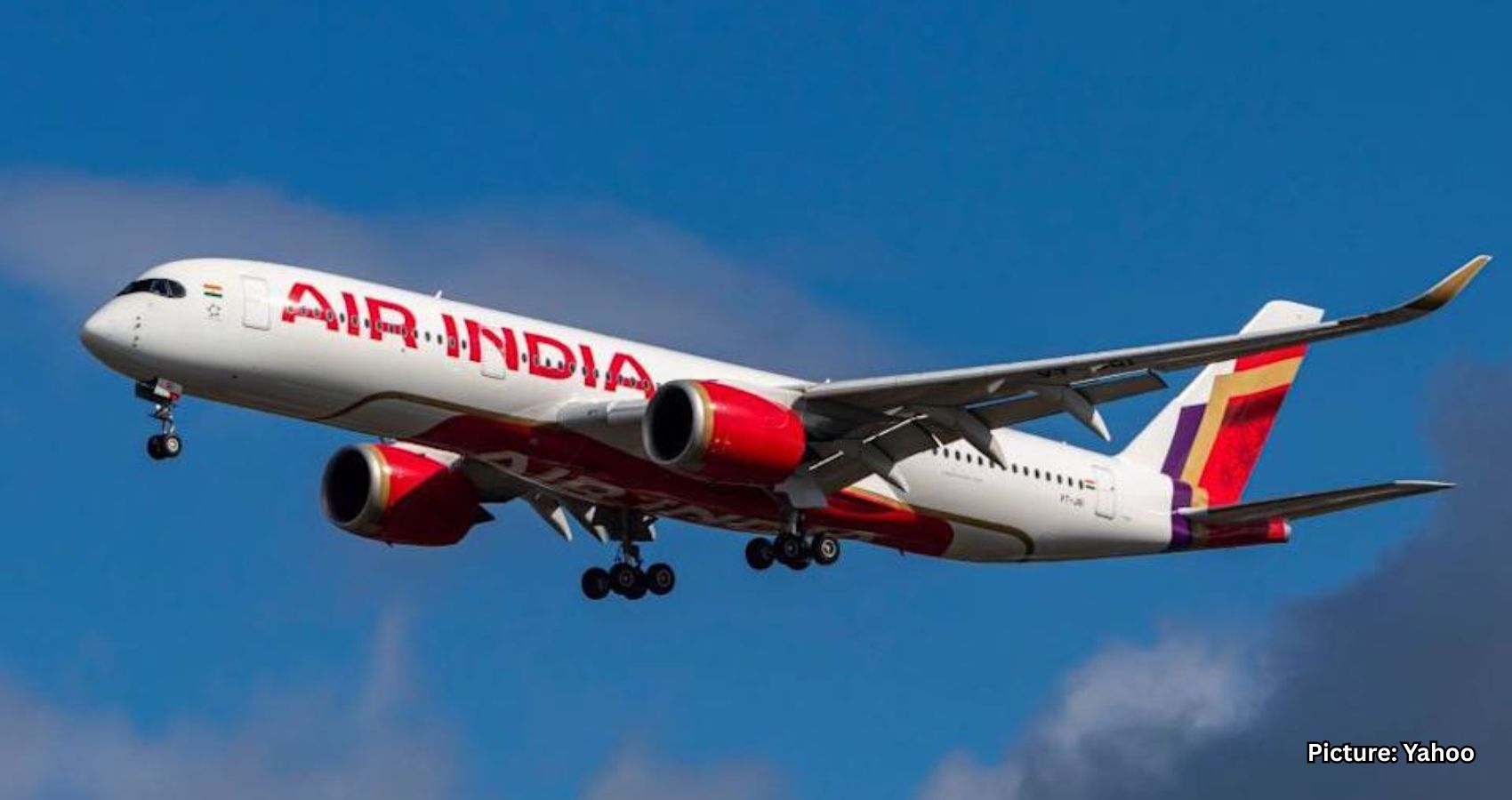Air India has announced a temporary reduction in its long-haul international flight operations starting June 21, directly affecting several major U.S.-bound routes from Delhi. The decision comes amid ongoing safety reviews, aircraft inspections, and staffing constraints, all of which have contributed to a significant scaling back of the airline’s international services.
Among the most prominent changes are reductions to three of Air India’s key U.S. routes. The frequency of the Delhi–San Francisco flights will be cut from ten per week to seven. Similarly, the Delhi–Chicago route will drop from seven to just three weekly flights, while the Delhi–Washington Dulles service will be trimmed from five to three per week.
The airline officially stated, “To maintain operational resilience and reduce the risk of last-minute disruptions, we have made the difficult decision to temporarily reduce widebody international flying by 15 percent.” This move is intended to ensure that more aircraft are held in reserve to deal with unexpected issues. The statement continued, “This effectively adds to our reserve aircraft availability to take care of any unplanned disruptions.”
On June 19, the airline released a revised schedule that outlined further cutbacks on international routes beyond the United States. Flights between Delhi and Canada have also been affected. The Delhi–Toronto route, which previously had 13 weekly flights, will now be reduced to seven. Similarly, Delhi–Vancouver services will drop from seven to five per week.
European destinations are also experiencing cutbacks. Flights operating between Delhi and cities such as London (Heathrow), Paris, Milan, and Amsterdam have all been scaled back, though specific frequency reductions were not mentioned in the announcement.
In addition to these reductions, some international routes are being suspended altogether. These include the Delhi–Nairobi service, Amritsar–London (Gatwick), and Goa (Mopa)–London (Gatwick) flights. Other regions seeing fewer flights include Australia, Japan, and South Korea, although the airline has not yet provided detailed schedules for these areas.
Air India has stated that affected passengers are being contacted directly and are being offered a choice of alternate flights, free rescheduling options, or full refunds. The updated flight schedule is being gradually uploaded to the airline’s official platforms, including its website, mobile application, and customer contact centre.
The widespread changes come shortly after a tragic incident involving Air India Flight AI171 on June 12. The aircraft crashed near Ahmedabad, resulting in the loss of 241 lives. In light of the tragedy, Air India has emphasized the need to increase pre-flight safety checks and make operational changes to adjust for longer flight durations that have resulted from airspace closures in the Middle East.
The crash has triggered extensive regulatory oversight. Following the incident, the Directorate General of Civil Aviation (DGCA), India’s civil aviation authority, directed Air India to undertake enhanced safety inspections of its widebody aircraft fleet. The scrutiny has primarily focused on the airline’s fleet of Boeing 787 Dreamliners. As of June 19, only 26 out of the airline’s 33 Dreamliners had successfully cleared safety checks and were back in service. Inspections are also underway for the airline’s Boeing 777 aircraft.
These safety inspections have further strained the airline’s operations, contributing to a growing number of flight cancellations. In the past week alone, Air India reported the cancellation of 83 international flights. The airline has attributed these disruptions to a mix of engineering caution and a shortage of available crew.
An investigation into the cause of the AI171 crash is ongoing and is being led by India’s Aircraft Accident Investigation Bureau (AAIB). The inquiry is being conducted under the supervision of the DGCA and is receiving technical support from multiple international agencies. These include the United States Federal Aviation Administration (FAA), the National Transportation Safety Board (NTSB), as well as aircraft manufacturer Boeing and engine manufacturer GE Aerospace.
While the investigation continues, Air India is taking a cautious approach to its global flight operations. By temporarily reducing its long-haul international flights, the airline aims to prioritize passenger safety and ensure operational stability.
Despite the scale of the cutbacks, Air India has maintained that the changes are temporary and necessary under the circumstances. “This is a proactive measure to stabilize our schedule and avoid sudden cancellations that could inconvenience travelers,” an official familiar with the airline’s planning process stated.
The broader aviation industry in India is also closely watching the developments, especially in light of increased regulatory pressure on safety standards and maintenance protocols. The ongoing inspections and collaborative investigations are expected to influence how Indian airlines manage fleet readiness and emergency response measures moving forward.
For now, passengers are advised to check Air India’s official communication channels for the latest updates and flight rescheduling options. The airline is urging travelers to remain patient as it works through this complex phase of adjustments.
In summary, Air India’s temporary 15 percent reduction in widebody international operations reflects both an immediate response to a tragic crash and a broader strategy to fortify operational reliability. U.S. routes including those to San Francisco, Chicago, and Washington D.C. are among the most affected, alongside multiple routes to Canada, Europe, Africa, and Asia-Pacific destinations. The airline continues to prioritize safety, compliance, and customer service as it navigates the aftermath of one of the most serious incidents in its recent history.

